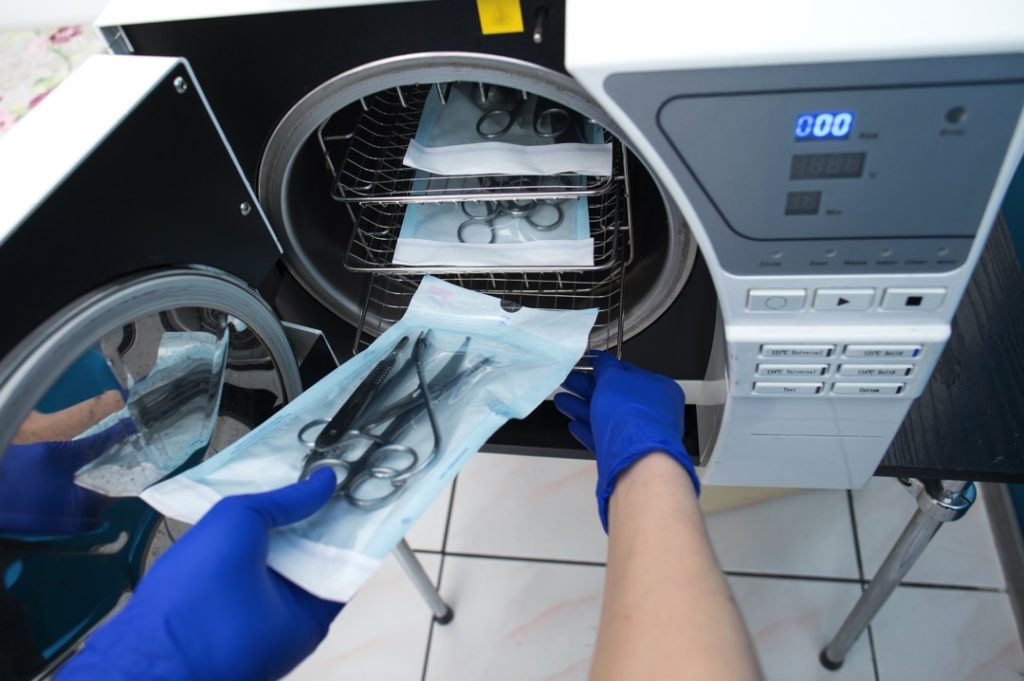Dental instruments are typically sterilized using heat or chemical processes.
1. Autoclaving: This is the most common method of sterilizing dental instruments. The instruments are placed in a special autoclave machine which uses steam and pressure to kill bacteria, viruses, etc. Autoclaving is effective in sterilizing both metal and heat-resistant plastic instruments.
2. Dry heat sterilization: Some instruments, such as metal handpieces, may be sterilized using dry heat ovens. The instruments are heated to high temperatures for a set amount of time to kill bacteria and such from the instruments.
3. Cold sterilization: Some dental instruments may be sterilized using a cold chemical solutions such as glutaraldehyde. These chemicals can effectively kill bacteria and viruses on instruments that cannot withstand high heat.
4. Ultrasonic cleaning: Before sterilization, dental instruments are often cleaned using ultrasonic machines. These machines use high-frequency sound waves to remove debris and contaminants from the instruments.
It is important for dental offices to follow strict sterilization protocols to prevent the spread of infections and ensure the safety of patients and staff. Instruments should be properly cleaned, packaged, and sterilized before each use. Regular monitoring and testing of sterilization equipment are also done weekly to ensure that the instruments are being properly sterilized.




